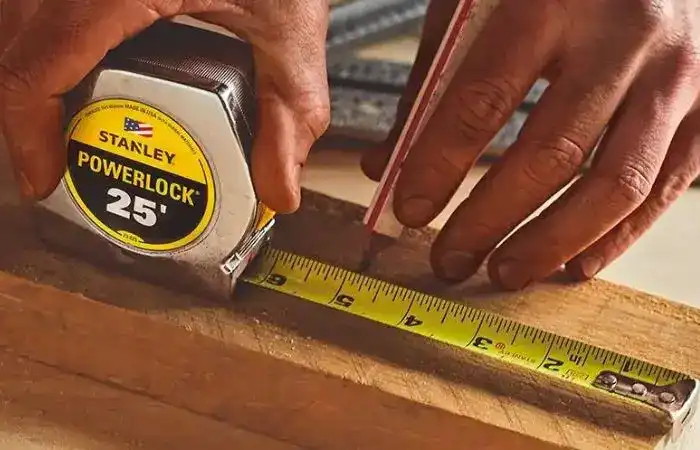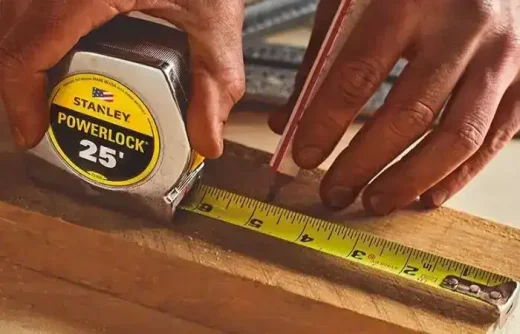Essential Toolkit for Architects guide, Scales and rulers, T-Squares and triangles, Compasses and protractors
The Essential Toolkit for Architects: Crafting the Foundations of Tomorrow
26 April 2024
Architecture, a blend of art and engineering, requires more than a keen eye for aesthetics; it necessitates a comprehensive set of tools to bring abstract concepts into the concrete world. The modern architect’s toolkit is a symphony of traditional equipment as well as cutting-edge technology, each essential for navigating the complexities of design and construction. Here we explore the fundamental tools for any architectural project, guiding both emerging talents and seasoned professionals through their creative journeys.
Traditional Drafting Tools: The Bedrock of Architectural Design
At the very heart of architectural design are the traditional tools that have stood the test of time. These include:
- Scales and Rulers: Precision in architecture is paramount, and scales help architects accurately translate their ideas into plans that can be executed. Rulers are used not only for straight lines but also as guides for cutting as well as aligning other tools.
- T-Squares and Triangles: These are crucial for creating precise angles and vertical lines, ensuring that every drawing adheres to exact specifications.
- Compasses and Protractors: Essential for drawing circles and measuring angles, these tools are indispensable when it comes to detailed, complex design elements.
- Drafting Pencils and Erasers: Different hardness grades of pencils are used depending on the detail and shading required. Erasers help in correcting mistakes, which are inevitable in the process of refining a design.
- Tracing Paper and Sketch Pads: These allow architects to experiment with ideas quickly and overlay changes upon existing plans without the need to redraw entire sketches.
These tools form the backbone of the design process, allowing architects to explore the spatial and structural integrity of their ideas in a tangible format.
Technological supports: Increasing precision and efficiency
As architecture evolves, so does the toolkit, with technology playing a pivotal role:
- Architectural Software: Programs like AutoCAD, Revit, or SketchUp transform hand-drawn sketches into digital formats, enabling more precise, flexible designs. These tools allow for easy modifications or renderings from multiple perspectives, which are invaluable in both the design and presentation stages.
- Digital Measuring Tools: Laser measures, along with digital levels, provide high accuracy in on-site measurements and alignments, which are crucial to the faithful execution of the designs.
- 3D Printing: This technology allows architects to create scale models of their designs, providing a physical representation to examine and present to clients or stakeholders.
Safety and Organization: Protecting Yourself and Your Work
The importance of safety and organization in an architect’s workspace cannot be overstressed:
- Safety Gear: Construction sites and even some parts of the design process can be hazardous. Safety goggles, gloves, ear protection, and dust masks protect against common dangers.
- Storage Solutions: Organized workspaces enhance efficiency and protect important documents and tools. Filing cabinets, drawers, and adequate shelving units are essential for maintaining an orderly environment.
- Equipment Maintenance: Regular updates of software, calibration of tools, and checks for wear and tear ensure that every tool performs at its best, thus maintaining the integrity of the architectural work.
For architects seeking a reliable source for their equipment, Mister Worker® provides a comprehensive online selection. This renowned online shop offers essential tools such as squares, rulers, as well as compasses, alongside advanced measuring devices like digital calipers, tape measures, or levels.
Additionally, a wide range of safety gear including goggles, gloves, and masks, along with various storage solutions, are available to ensure a well-maintained, organized workspace. Shopping at Mister Worker® allows architects to find all necessary tools in one place, optimizing both safety and efficiency in their professional environment.
Expanding the Toolkit: Advanced Tools for Advanced Tasks
As architects grow in their profession, their toolkit also expands:
- Laser Cutters and CNC Machines: For intricate model-making and prototype development, these tools are invaluable, offering precision cuts on a variety of materials.
- Virtual Reality (VR): VR headsets allow architects and their clients to step into the designed spaces before they are built, offering a new dimension to architectural design and client interaction.
In conclusion, building a comprehensive toolkit is an ongoing process that aligns with an architect’s evolving needs. Starting with the essentials and progressively integrating more sophisticated tools allows architects to not only keep up with the industry’s pace but also push the boundaries of what is possible in architectural design. Purchasing high-quality tools and properly maintaining them is not just an investment but a commitment to excellence in the ever-evolving world of architecture.
Comments on this guide to The Essential Toolkit for Architects: Crafting the Foundations of Tomorrow – drafting tools article are welcome.
Architecture
Comments / photos for the Essential Toolkit for Architects guide page welcome.





